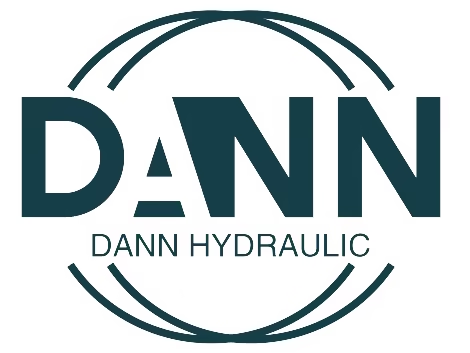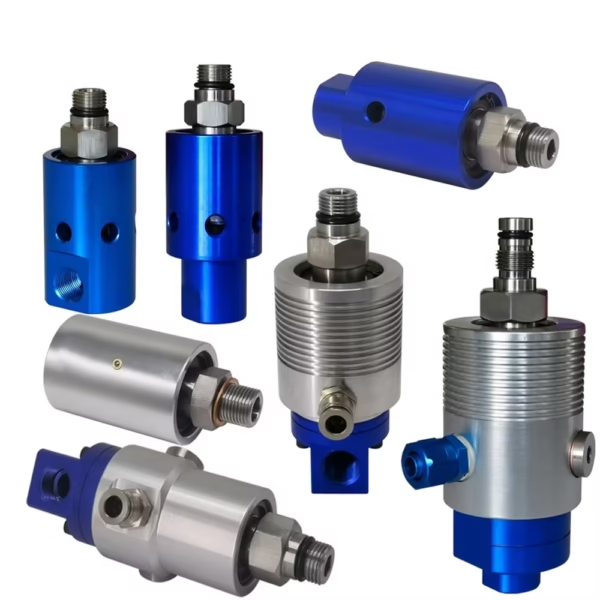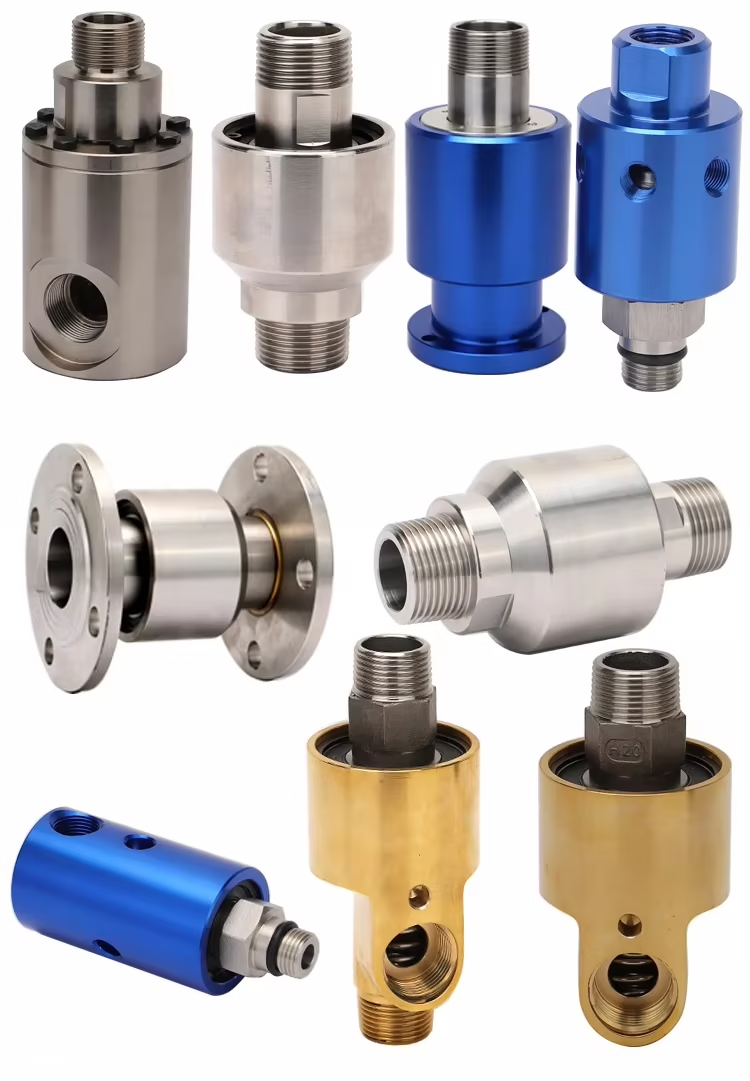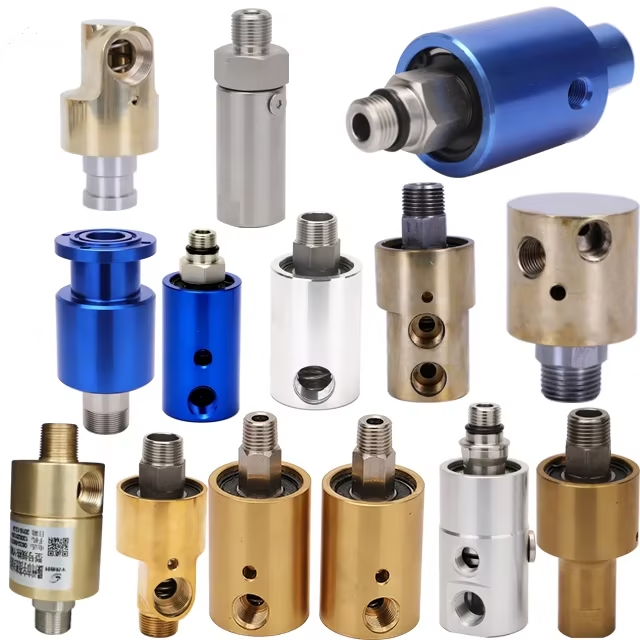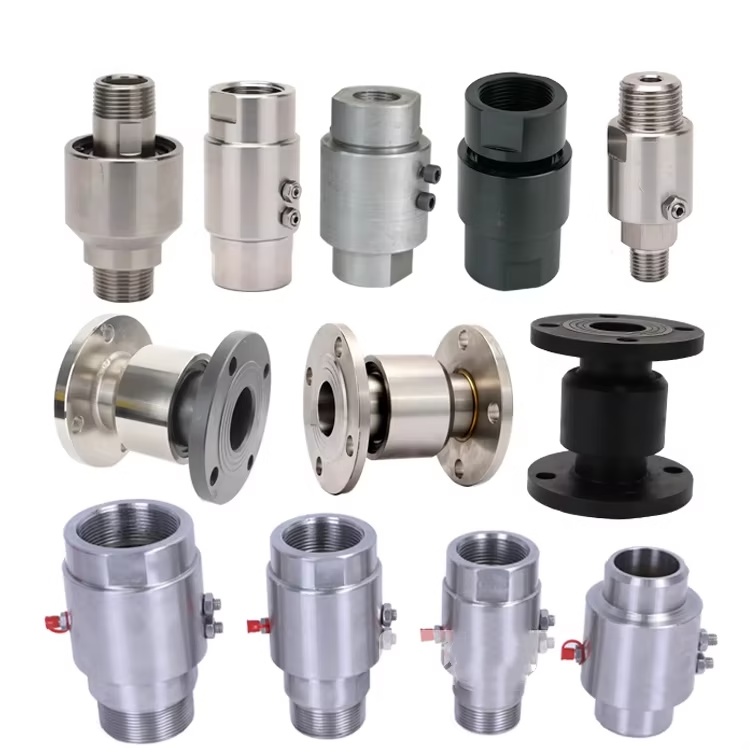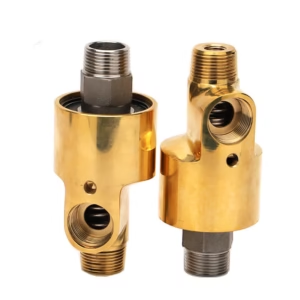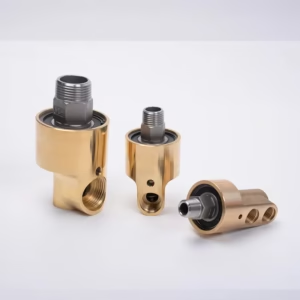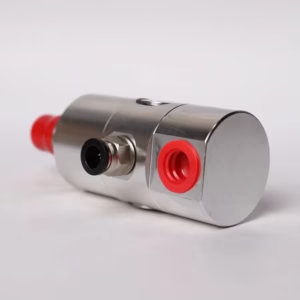Industrial Grade Air Rotary Joint | OEM & Custom Pneumatic Solutions
Original price was: $50.00.$30.00Current price is: $30.00.
- Max Pressure: Up to 10 bar (145 psi)
- Max Temperature: Up to 80°C (176°F)
- Rotational Speed: Up to 3,500 rpm
- Materials: Nickel-Plated Steel, Carbon Graphite Seals
- Seal Type: Balanced Mechanical Seals
Description
The modern industrial landscape demands components that are not just functional but exceptionally reliable. Our Air Rotary Joint is the culmination of years of engineering expertise, designed to be the strongest link in your pneumatic system. The Air Rotary Joint, also known as a pneumatic rotary union, is designed to transfer compressed air or inert gas from a stationary source to a rotating machine component. Engineers and equipment manufacturers frequently use this rotary coupling in applications where rotating machinery requires a continuous supply of pneumatic power. Specifically, it plays a vital role in systems such as industrial automation, robotics, packaging machinery, and even large-scale lifting solutions like tower cranes. Whether you’re operating CNC equipment, automated tools, textile machines, or food packaging systems, our rotary air joint ensures seamless, uninterrupted air flow without pressure loss or leakage.
The Heart of the Union: Advanced Sealing Technology
The primary failure point of any rotary air union is its seal. We’ve engineered our product with a balanced mechanical seal system that far surpasses basic O-ring or lip seal designs. A micro-lapped, hardened carbon-graphite seal face rotates against a stationary carbide seat. This pairing of dissimilar materials provides an incredibly flat, durable, and low-friction sealing interface. The “balanced” design means that the air pressure itself contributes to the sealing force, allowing the joint to handle dynamic pressure fluctuations without compromising its integrity. This results in minimal leakage over millions of cycles, directly translating to energy savings and consistent machine performance.
Built for Speed and Stability: Bearings and Housing
High-speed applications generate heat and vibration, which can destroy lesser components. Our Air Rotary Joint is built around a set of precision, deep-groove ball bearings. These bearings are specifically chosen to handle both radial and axial loads, ensuring the rotating shaft remains perfectly aligned, even at maximum RPM. This stability is critical for maintaining the integrity of the mechanical seals. The entire assembly is encased in a lightweight yet robust housing made from aircraft-grade aluminum, which is then hard-coat anodized. This process creates a ceramic-like surface that resists scratches, wear, and corrosion from industrial coolants or wash-down environments.
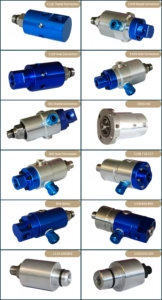
Key Features of Our Air Rotary Joints
Reliable Sealing for High-Speed Rotation
Our rotary unions use high-precision carbon graphite seals and O-ring backups to ensure a zero-leak seal, even under continuous rotation. This helps maintain consistent air pressure throughout your pneumatic system.
Lightweight, Durable Construction
Manufacturers construct the housing using anodized aluminum or nickel-plated brass, which not only ensures high strength and corrosion resistance but also minimizes rotational inertia. As a result, this design proves especially effective for dynamic applications such as robotics and rotary actuators.
Multiple Port Sizes and Configurations
Choose from 1/8″, 1/4″, 3/8″, or 1/2″ NPT/BSP ports, or request a custom configuration. Whether you need a single-passage rotary air coupling or a dual-flow air swivel joint, we’ve got you covered.
Maintenance-Free Design
Thanks to our self-lubricating internal components and precision bearing systems, our air rotary joints offer long service life with virtually no maintenance required under normal operating conditions.
Customizable for OEM Needs
We offer engineering support for OEM integration, including shaft modifications, mounting flanges, and multiple port routing. Whether for robotics, automation, or custom machinery, we can design to fit.
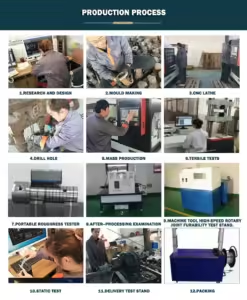
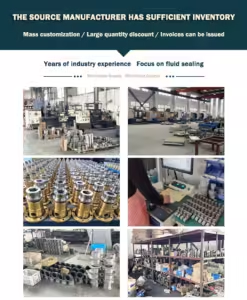
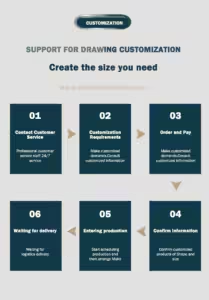
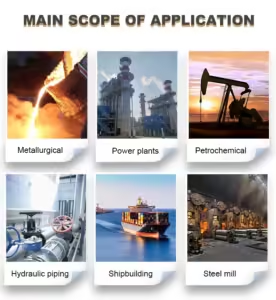
Applications of Air Rotary Joints
Air rotary joints—also known as pneumatic rotary unions or rotary air connectors—are essential components in many industrial systems that require continuous rotation while maintaining a leak-free supply of compressed air, inert gas, or vacuum. Their applications span multiple sectors, improving equipment flexibility, automation, and operational safety.
Industrial Automation and Robotics
Air rotary joints are widely used in robotic arms, rotary indexing tables, and pneumatic tool changers where compressed air is required for: Actuating pneumatic cylinders or grippers; Controlling suction-based end-effectors or vacuum pads; Delivering compressed air to rotating tools.
Benefit: Enables full 360° rotation of robotic joints without restricting air flow or risking hose entanglement.
CNC Machinery and Rotary Tables
In CNC equipment and machine centers, air rotary joints supply pressurized air to rotating spindles or rotary worktables to activate pneumatic clamping systems, provide cooling air or chip blow-off, and operate automated tool change systems.
Benefit: Improves machining efficiency and reduces downtime by ensuring uninterrupted air delivery.
Food and Beverage Packaging
Rotary packaging equipment, such as bottle cappers, labelers, and form-fill-seal machines, relies on air rotary joints to deliver: Sterile compressed air for actuating nozzles or pushers; Vacuum pressure for lifting or aligning containers; Clean air to prevent contamination.
Benefit: Hygienic design and stainless-steel options make rotary unions suitable for sanitary environments.
Printing, Coating, and Converting Equipment
Printing presses and converting machines use air rotary joints to operate: Pneumatic tensioners and brakes; Air-assisted web guides or clutches, Pneumatic actuators for rollers and slitters.
Benefit: Allows high-speed drum or roller rotation while maintaining precise pneumatic control.
Textile Machinery
Textile equipment, including spinners, winders, and air-jet looms, uses rotary air unions to: Provide tension control via air brakes; Blow away dust and fibers; Activate air-driven scissors or valves.
Benefit: Reduces wear on mechanical systems and improves production cleanliness and consistency.
Tire and Rubber Manufacturing
In tire curing presses or rubber extrusion equipment, air rotary joints help: Control pneumatic molds or locking systems; Blow off excess rubber or residues; and Actuate internal rotating molds.
Benefit: Handles high-frequency motion under moderate pressure with minimal maintenance.
Medical and Semiconductor Equipment
In precision industries like semiconductor fabrication or medical device production, air rotary joints Supply clean, dry air or inert gases (like nitrogen); Support vacuum applications in rotating inspection systems, and enable compact automation modules.
Benefit: Available in low-torque, ultra-clean, and miniaturized versions for sensitive applications.

Selecting the Right Air Rotary Joint: A Buyer’s Guide for Engineers
Choosing the correct model is critical for performance and longevity. Follow this guide to specify the perfect Air Rotary Joint for your application.
Determine the Number of Flow Paths (Passages):
Single Passage: For simple applications like an air clutch, brake, or a single air blast.
Multi-Passage (2-24): For complex machinery requiring independent control of multiple pneumatic circuits. For example, a robotic gripper might need one line to open/close and a separate line for part detection via a vacuum sensor.
Define Pressure & Vacuum Requirements:
What is the maximum operating pressure (PSI/Bar) of your system? Our standard models are rated for up to 250 PSI (17 Bar).
Will you be using a vacuum? Our seals are designed for vacuum service down to 28″ Hg.
Ensure you select a joint with a pressure rating that exceeds your system’s maximum potential pressure.
Calculate Flow Rate (CFM / LPM):
The internal diameter of the passages determines the maximum flow rate. Undersizing the joint will create a bottleneck, starving your tools of air. Review the CV factor and flow charts on our datasheet to match the joint to your system’s required Cubic Feet per Minute (CFM) or Liters Per Minute (LPM).
Identify Rotational Speed (RPM):
What is the maximum speed of the rotating component? Our standard series is rated for high-speed operation, but for extreme RPM applications, specialized bearing and seal configurations may be required. Contact our engineering team for applications exceeding 3,500 RPM.
Consider the Operating Environment:
Temperature: What are the ambient and media temperatures? Our standard seals and greases are suitable for -20°F to 225°F (-29°C to 107°C).
Contaminants: Is the environment dusty or subject to chemical splashes? Our anodized aluminum housing provides excellent protection, but for highly corrosive chemical environments, a full stainless steel model may be advisable.
Confirm Mounting and Porting:
Mounting: Can the joint be shaft-mounted or flange-mounted? How will you prevent the rotation of the housing? (e.g., using an anti-rotation pin).
Porting: What thread type does your plumbing use? We offer NPT (standard in North America) and BSPT/BSPP (common internationally). Ensure you select the correct port size (e.g., 1/4″, 1/2″, 1″).

Installation and Maintenance Tips
Proper installation and preventive maintenance are key to maximizing the lifespan and performance of your air rotary joint. Below are the best practices to follow:
1. Ensure Proper Alignment
Align the air rotary joint coaxially with the rotating shaft. Misalignment may lead to bearing wear or seal failure.
Use flexible hoses or adaptors to prevent lateral or angular loading.
🔧 Tip: A laser or dial gauge can be used for precision alignment during initial setup.
2. Choose the Correct Mounting Type
Housing-mount style is fixed on the stationary machine part, and the rotor rotates with the shaft.
Rotor-threaded style requires a tight connection to the rotating shaft or chuck.
🔧 Tip: Secure with locknuts or anti-rotation pins to prevent rotation of the housing under torque.
3. Use Clean, Dry, Filtered Air
Always install an air filter (typically 5-micron or finer) upstream of the rotary joint.
Remove moisture using an air dryer or moisture separator to protect internal seals from degradation.
🔧 Tip: Dirty or wet air is the number one cause of seal failure in pneumatic rotary unions.
4. Avoid Excessive RPM and Pressure
Respect the product’s maximum pressure and speed limits. Over-speeding can increase seal wear, while over-pressurizing may cause blowouts.
For high-RPM applications, use models with ball or ceramic bearings for extra stability.
🔧 Tip: If using a variable-speed system, monitor real-time RPM with a sensor and set safety thresholds.
5. Monitor for Air Leaks and Vibration
Periodically check for hissing sounds, pressure drops, or unusual vibrations during operation.
Use soapy water around connections to detect micro-leaks.
🔧 Tip: Even small leaks can lead to significant energy loss and reduced tool performance.
6. Replace Seals Periodically
Depending on operating frequency and air quality, seals may need to be replaced every 6–18 months.
Most air rotary joints are designed for tool-free disassembly to make seal changes quick and easy.
🔧 Tip: Keep a seal replacement kit on hand to minimize downtime during routine maintenance.
7. Lubrication and Bearing Checks
While most rotary air joints are maintenance-free, some models with external bearings may require occasional lubrication with non-conductive grease.
Avoid over-lubrication, which can attract dust or clog air passages.
🔧 Tip: Refer to the manufacturer’s manual for lubrication intervals and recommended grease types.

FAQ
Q1: What is the difference between an air rotary joint and a standard rotary union?
A rotary union is a general term for devices that transfer various fluids, including air, water, or oil. An air rotary joint specifically handles the transfer of compressed air or gases.
Q2: Can this rotary joint handle vacuum or negative pressure?
Many models support operating pressures down to -100 kPa, allowing use in vacuum applications. Please check the specific model specs.
Q3: How many circuits can be supplied through one joint?
Standard units support up to 8 separate circuits, enabling multiple pneumatic lines within a single rotary union.
Q4: What maintenance is required?
Maintenance-free designs are available; otherwise, sealing elements and bearings should be inspected periodically, depending on usage.
Q5: Can the air rotary joint be customized?
Yes, we offer customization options such as flange type, number of circuits, pressure rating, and materials.

Summary
The Air Rotary Joint is an essential component for any rotating pneumatic system, enabling continuous, leak-proof compressed air transfer at high speeds and pressures. Its reliability, durability, and ease of integration make it perfect for demanding industrial environments ranging from automation and robotics to heavy machinery like tower cranes.
Whether you need a simple single-circuit rotary union or a complex multi-channel pneumatic swivel joint, our products deliver top performance to keep your operations efficient and interruption-free.
Order your Air Rotary Joint today and experience seamless pneumatic power transmission for your rotating machinery!
